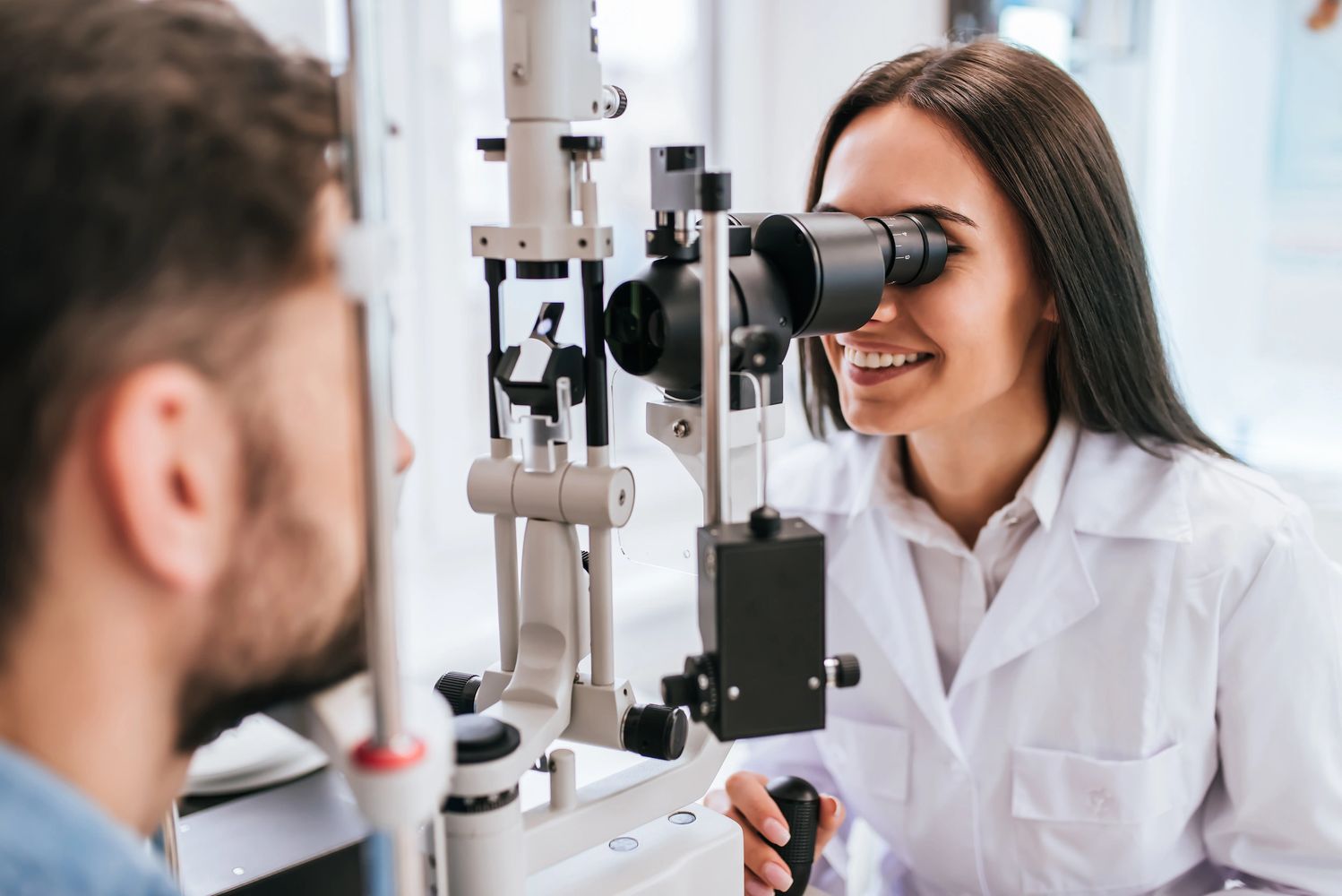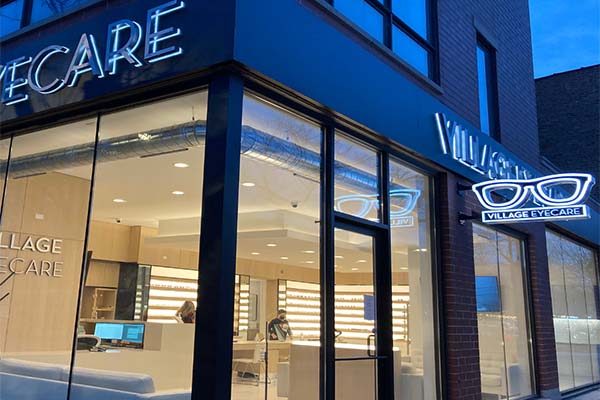Pediatric Eye Treatment at Andalusia Pediatrics: Caring for Youthful Eyes
Pediatric Eye Treatment at Andalusia Pediatrics: Caring for Youthful Eyes
Blog Article
Comprehending the Various Vision Correction Procedures Available for Clearer Sight
In the world of vision adjustment procedures, a plethora of options exist to deal with refractive errors and provide individuals with more clear sight. From the widely acknowledged LASIK surgical procedure to less intrusive treatments like PRK and implantable lenses, the field of ophthalmology provides a series of techniques customized to match different needs and preferences. Each treatment comes with its very own set of considerations, advantages, and prospective risks. Recognizing the subtleties of these vision modification approaches is essential for making educated decisions concerning one's aesthetic health. Let's discover the intricacies of these procedures and clarified the course to attaining improved vision clarity.
LASIK Surgery
LASIK surgery is a common refractive procedure used to deal with vision troubles such as farsightedness, astigmatism, and nearsightedness. This surgical strategy, which stands for Laser-Assisted in Situ Keratomileusis, aims to improve the cornea to boost how light is focused on the retina, eventually enhancing vision clearness.
Among the key advantages of LASIK surgical procedure is the fast enhancement in vision experienced by people. Numerous people discover a considerable improvement in their sight right away after the treatment. In addition, the majority of patients report very little discomfort and discomfort throughout the surgery and healing duration. The recuperation time for LASIK is relatively quick, with several people returning to their everyday activities within a day or 2 post-operation. In general, LASIK surgical treatment is a preferred selection for individuals seeking a long-term remedy for their vision issues.
PRK Procedure

PRK is an appropriate choice for individuals with thin corneas or those at a higher danger of eye injuries, as it does not entail developing a corneal flap. The recuperation procedure for PRK is somewhat longer contrasted to LASIK, as the epithelium requires time to regenerate. Individuals may experience pain and blurred vision for a few days complying with the procedure.
Regardless of the longer recovery time, PRK can generate excellent results in vision improvement, making it an important choice for those who might not appropriate candidates for LASIK surgery. - Eye Doctors in Andalusia
Implantable Lenses
In contrast to PRK where the cornea is improved directly, implantable lenses use another method for dealing with vision by putting man-made lenses inside the eye. This treatment is especially beneficial for individuals with high levels of farsightedness, nearsightedness, or astigmatism that might not be ideal prospects for published here laser surgical treatments like LASIK or PRK.
Implantable lenses, likewise recognized as phakic intraocular lenses, job by supplementing the eye's all-natural lens with a man-made one. These lenses can be placed before the natural lens (former chamber) or behind the iris and in front of the all-natural lens (posterior chamber) By readjusting the power and positioning of these lenses, eye doctors can effectively remedy refractive mistakes and improve visual acuity.
One advantage of implantable lenses is that they are removable and exchangeable, offering flexibility for future adjustments. As with any medical procedure, there are threats entailed, such as infection or cataract formation. Patients thinking about implantable lenses must talk to an eye care specialist to determine one of the most ideal option based upon their individual needs and eye wellness.
Corneal Rings

The procedure for putting corneal rings is minimally intrusive and reasonably quick, often done as an outpatient treatment. During the surgical procedure, the ophthalmologist makes a tiny incision in the cornea and inserts the rings at a details depth. When in place, the rings assist to reshape the cornea, giving a smoother surface area for light to enter the eye, which can cause more clear vision.
Corneal rings are thought about a relatively easy to fix procedure, check these guys out as they can be eliminated or replaced if essential. While they might not entirely remove the need for glasses or contact lenses, corneal rings can dramatically boost vision high quality and general visual comfort for individuals with keratoconus or other corneal irregularities.
Refractive Lens Exchange
Adhering to the improvement of corneal irregularities with procedures like corneal rings, an additional vision correction technique that can attend to refractive mistakes is Refractive Lens Exchange (RLE) RLE is a surgical procedure that entails replacing the eye's natural lens with a man-made intraocular lens (IOL) to deal with refractive errors such as farsightedness, nearsightedness, and presbyopia. This procedure is specifically advantageous for individuals that might not appropriate candidates for treatments like LASIK or PRK because of elements such as thin corneas or high refractive errors.
RLE belongs to cataract surgical treatment, as both include eliminating the eye's all-natural lens; nonetheless, in RLE, the lens is clear, not over cast as in cataracts. The man-made lens dental implanted during RLE can be tailored to resolve the individual's specific refractive mistake, supplying clear vision at numerous distances. Recovery time for RLE is fairly fast, and people can expect improved vision soon after the treatment. As with any type of medical treatment, click here for more info potential dangers and problems exist, so a detailed examination with an eye treatment specialist is necessary to identify if RLE is the right vision modification alternative.
Final Thought

In the realm of vision adjustment treatments, a wide range of choices exist to deal with refractive mistakes and provide people with clearer view.LASIK surgery is an usual refractive procedure made use of to correct vision troubles such as nearsightedness, farsightedness, and astigmatism.While additionally a common refractive procedure, the PRK (Photorefractive Keratectomy) method differs from LASIK surgery in its method to dealing with vision issues.Complying with the modification of corneal abnormalities with procedures like corneal rings, another vision modification technique that can deal with refractive mistakes is Refractive Lens Exchange (RLE) LASIK surgical procedure, PRK procedure, implantable lenses, corneal rings, and refractive lens exchange are all options that can deal with various vision issues.
Report this page